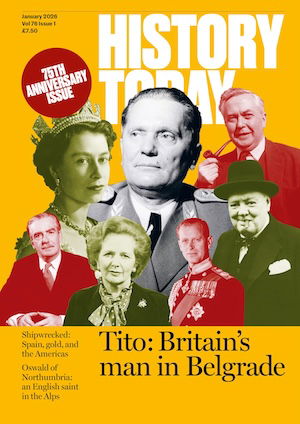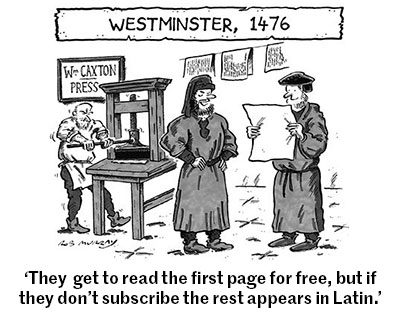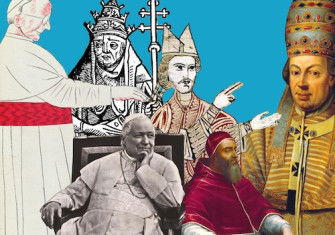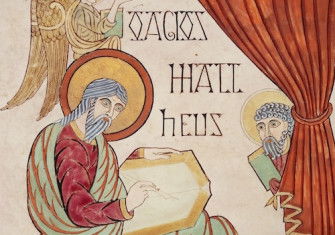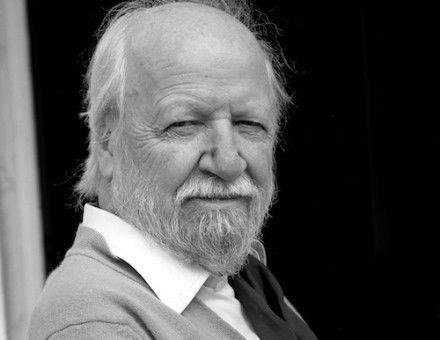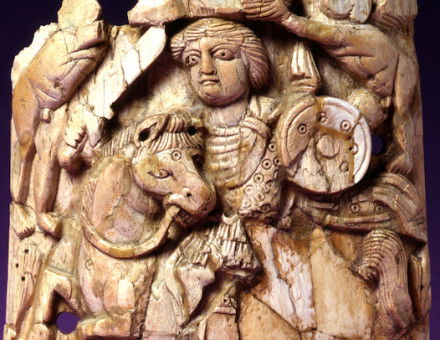What’s in a Pope’s Name?
Pope Leo XIV’s choice of name reveals much about the direction of the Church.
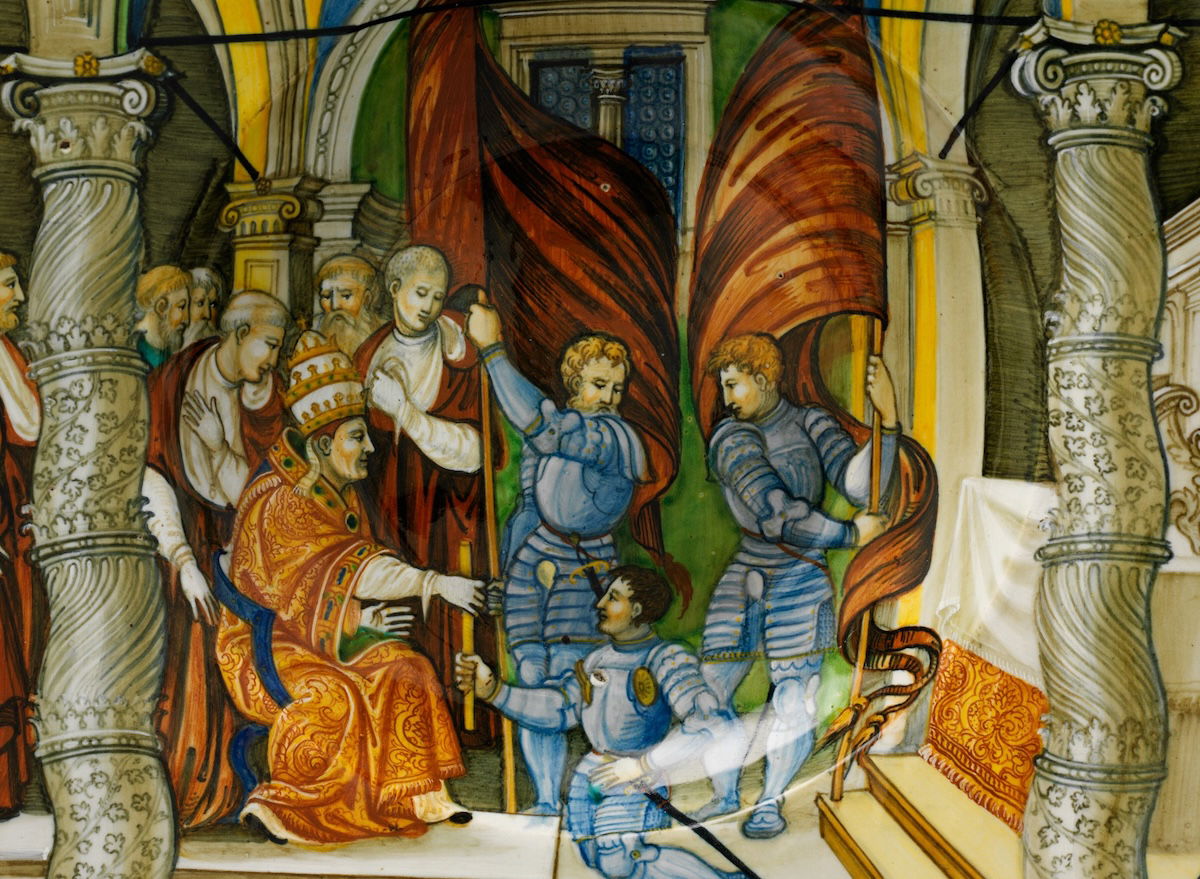
Pope Francis’ choice of his official name in 2013 ruffled a few feathers. That he was the first pope to adopt it was not the only reason. In 1210, Pope Innocent III (1198-1216), that shrewdest of operators, decided to promote, rather than suppress, the mendicant order recently founded by Francis. Eight centuries on, St Francis’ uncompromising espousal of the vita apostolica still has unsettling resonances for some. Finding myself within inches of his habit at the recent National Gallery exhibition on the Franciscans could not but prompt awed reflection.

